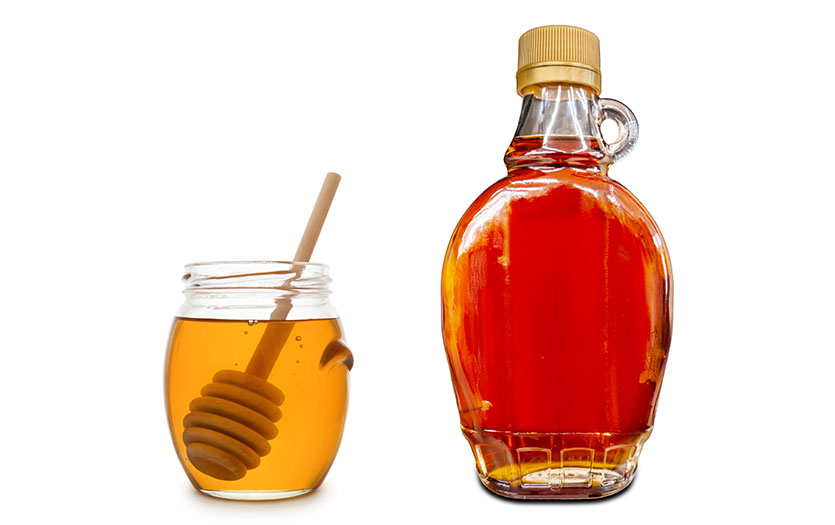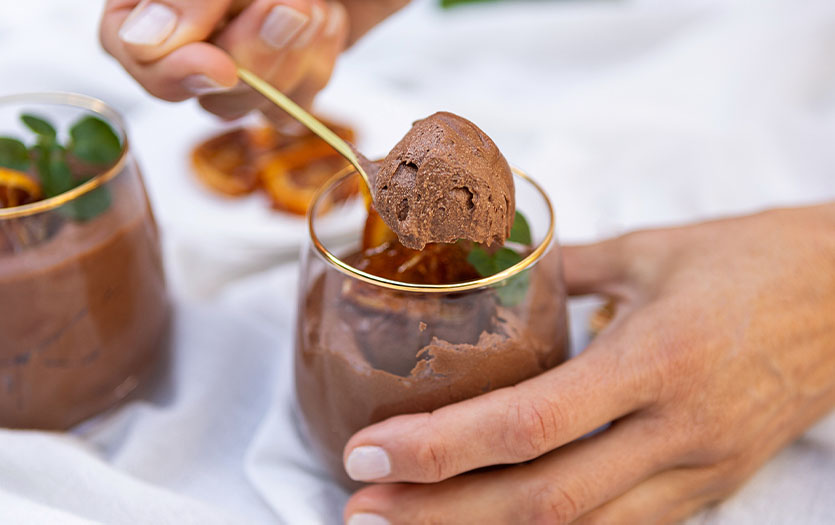
This post was written based on a presentation by Rachel Reiter, RDN, LD, community outreach dietitian, Parkview Health.
Many of us think of pumpkin as a favorite latte flavoring or Thanksgiving pie ingredient, but did you know that pumpkin is considered a superfood? This nutrient-dense, low-calorie squash packs a big nutritional punch. Let’s learn more about the health benefits of pumpkin in our diet and some ways to prepare it.
The benefits of produce in our diet
Nutrient-dense fruits and vegetables are important components of our diets. When compared to calorie-dense, processed foods, fruits and vegetables provide maximum nutritional benefits in each serving.
A diet rich in fruits and vegetables can have a positive effect on our health. Eating produce can:
- Lower blood pressure and reduce the risk of heart disease and stroke.
- Could prevent some types of cancer.
- Provide nutrients to help our immune systems function at their best.
- Have a positive effect on blood sugar and aid with weight management (nutrient vs. calorie).
How much produce should you eat?
Data suggests that 9 out of 10 Americans do not get the recommended servings of fruit and vegetables per day, which are:
- Adults: 2 cups of fruit and 3 cups of veggies per day
- Children: 1 – 1 ½ cups fruit and 1 – 2 ½ cups veggies per day
The pleasure of pumpkins
Pumpkins originated in North and Central America and are one of the oldest domesticated plants. The pumpkin is a type of squash and comes from the vine crop family cucurbita. While widely thought of as a vegetable, it is actually a fruit.
Pumpkins are harvested from September to October. There are many different varieties of pumpkin but only a couple are suitable for eating. Small pie or sugar pumpkins are for cooking. Naked-seeded pumpkins are grown for their large, hull-less seeds that can be roasted.
How to store pumpkin
Pumpkins are hearty and storing them is relatively simple. For short-term storage, pumpkin can be kept at room temperature for a few months. There is no need to refrigerate but storing them in a cooler place will prolong their life. For longer-term storage, pumpkin can be canned or frozen.
Nutritional benefits of pumpkin
Pumpkin is packed with nutrients, vitamins, minerals and fiber and is low calorie. In fact, pumpkin is considered to be the most nutrient-dense canned food available. Pumpkins also contain:
- Vitamin A – Important for the health of your eyes, skin and immune system. Vitamin A may also reduce the risk of developing certain cancers and protects against heart disease.
- Fiber – Fiber is important for the health of your gut. There is 3gm of fiber in every half cup of roasted pumpkin!
- Potassium – Good for heart health. One cup of pumpkin contains 16% of your daily recommended potassium.
- Water – Pumpkins are 90% water, which helps with proper hydration. Being properly hydrated can have an impact on your immune health.
How to cook with pumpkin
While we often think of pumpkin in sweet foods, by itself it is savory and can be added to a variety of dishes or eaten alone. Pumpkin pairs well with cinnamon, fruit, apple, caramel and nuts.
To get the nutritional benefits of pumpkin all year long, add a can of pumpkin into homemade mac n’ cheese, hummus, oatmeal, pancake batter or soup.
To bake pumpkin, cut it into desired pieces and place face down in a baking dish. Bake at 350ºF for 1-2 hours. Let the pumpkin cool, then scrape out the flesh.
To prepare pumpkin seeds, first rinse them to remove pulp and strings. Spread the seeds on a baking sheet that has been coated in cooking spray or drizzle olive oil over the seeds. Bake at 325°F for about 30 minutes or until lightly toasted, stirring occasionally.
For more ideas on how to prepare pumpkin or other great ways to add more fruits and vegetables to your diet, browse our Pinterest for inspiration.
Want more Medicine in the Garden?
If you enjoyed this content, check out similar posts on carrots, radishes, cherries and eggplant.



